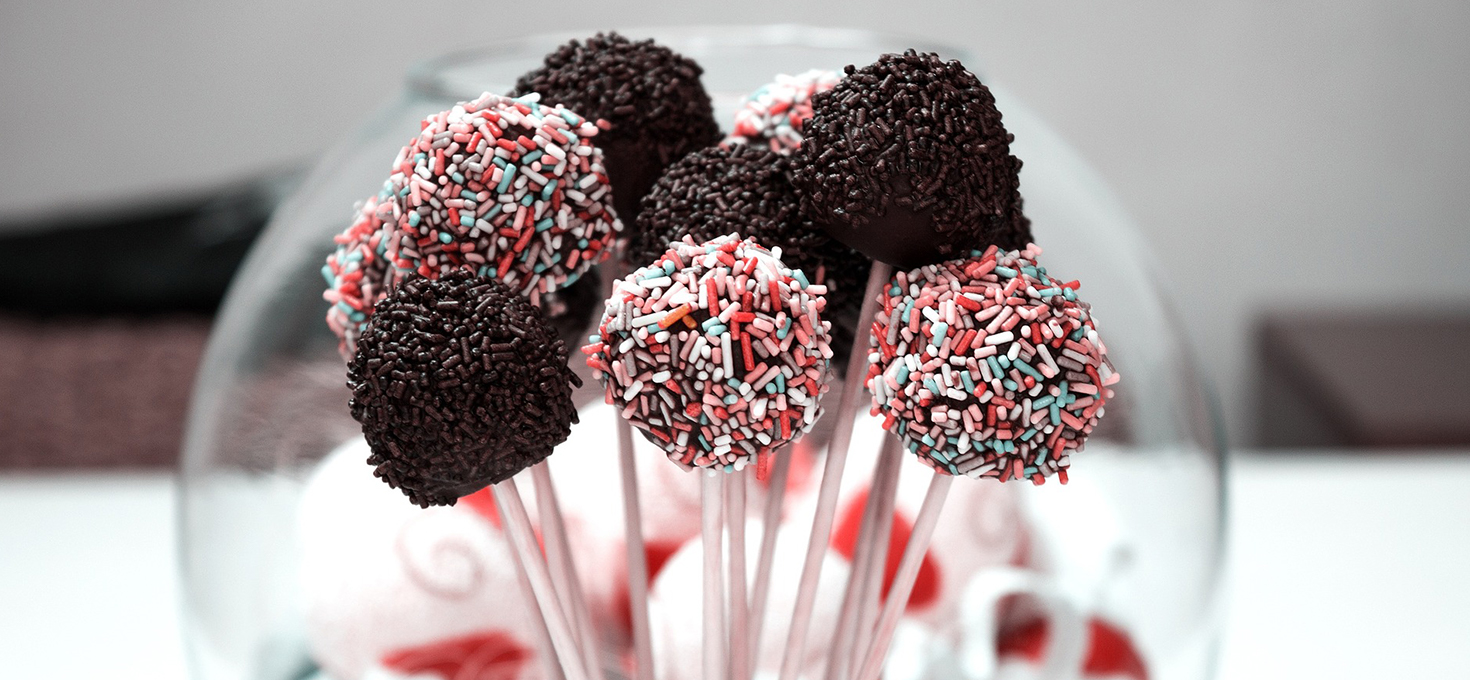Over the past 10 years, LEDs have changed dramatically in color, brightness and power. With its amazing and delightful application, LEDs play an unparalleled role in traditional indoor lighting in urban indoor and outdoor lighting. With a lifespan of 100,000 hours, LEDs mean eight hours of work a day and can be guaranteed for 35 years without maintenance. Low-voltage operation, almost 100% light output, low to zero output during dimming, can be combined with thousands of light colors, and the light-emitting area can be small, can be made into 1 square millimeter. After the secondary optical design, the lighting fixture achieves an ideal light intensity distribution. The rapid development of LED technology will bring new possibilities for lighting design and application, which is impossible for many traditional light sources.
Know the characteristics of LED
Today, it seems that the eyes of the whole world are focused on the new light source of LED. It is known as the green lighting product of the 21st century. Even people predict that most of the future will replace the traditional light source. Because it has long life, short starting time, firm structure, energy saving, illuminant close to point light source (lighting LED design), thin luminaire, luminaire material selection range, no need to add reflector, low voltage, no ultraviolet radiation, Especially in the public environment, it is safer to use. In addition, the production of LED light source can achieve mercury-free, which is more important for environmental protection and energy conservation.
Traditional LEDs are mainly used in signal display fields, building aviation obstacle lights, navigation lights, car signal lights, and instrument backlights. Nowadays, applications in entertainment, indoor and outdoor buildings, urban beautification, and landscape lighting are becoming more and more widespread. However, the current life of LED light sources can not reach the 100,000 hours indicated, and the actual life expectancy is about 50,000 hours, which is mainly related to the problem of heat dissipation. In a small space, as the power increases, the semiconductor components will overheat. Moreover, white LEDs cannot achieve the brightness of ordinary light bulbs.
LED application direction in lighting engineering
1. Building exterior lighting
Projecting a certain area of ​​the building is nothing more than using a round head and a square-headed floodlight that controls the beam angle, which is exactly the same as the traditional floodlighting concept. However, due to the small and thin LED light source, the development of linear projection lamps has undoubtedly become a highlight of LED projection lamps, because many buildings do not have a place to place traditional spotlights. It is easy to install, can be installed in a vertical or vertical direction, and is better integrated with the surface of the building, bringing a new lighting vocabulary to the lighting designer and expanding the creative space. It will also have an impact on the lighting practices of modern and historic buildings.
2, landscape lighting
Since LEDs are not glass bulbs like traditional light sources, they can be well integrated with urban street furniture. It can be illuminated in the city's leisure spaces such as paths, stairs, decks, waterfronts, and gardening. For flowers or low shrubs, LEDs can be used as a light source for illumination. LED recessed floodlights are particularly popular. The fixed end can be designed as a plug-in type, which is easy to adjust depending on the height of the plant.
3. Marking and indicative lighting
Spaces where space limitation and guidance are required, such as separation display of road pavement, local illumination of stair steps, and indication lighting of emergency exits, LED self-illuminating buried lights with appropriate surface brightness or lamps embedded in vertical wall surfaces, such as The ground guide light in the auditorium of the theater or the indicator light on the side of the seat, and the guide light on the floor inside the shopping mall. In addition, compared with neon lights, LEDs are low-pressure, have no fragile glass, and do not increase the cost due to bending during production. It is worthy of being promoted in logo design.
4, indoor space display lighting
As far as the lighting quality is concerned, since the LED light source has no heat, ultraviolet and infrared radiation, it does not cause damage to the exhibit or the product. Compared with the conventional light source, the lamp does not need an additional filter device, the lighting system is simple, the cost is low, and the installation is easy. Its precise lighting can be used as a substitute for museum fiber optic lighting. Commercial lighting metropolis uses colored LEDs. Interior white LEDs combined with interior decoration provide auxiliary lighting for indoors. Concealed light strips can use LEDs, which is especially beneficial for low spaces.
5, entertainment venues and stage lighting
Due to the dynamic, digital control of color, brightness and dimming of LEDs, lively saturated colors create static and dynamic lighting effects. From white light to any color in the full spectrum, the use of LEDs opens up new ideas in the lighting of such spaces. Long-life, high lumen maintenance (90% lumens after 10,000 hours) reduces maintenance costs and frequency of lamp replacement compared to 50-250 hours of PAR and metal halide lamps. In addition, the LED overcomes the phenomenon of color shift after the metal halide lamp is used for a period of time. Compared to PAR lamps, there is no heat radiation, which makes the space more comfortable. At present, the application of LED color decorative wall surface in catering buildings has become a common practice.
